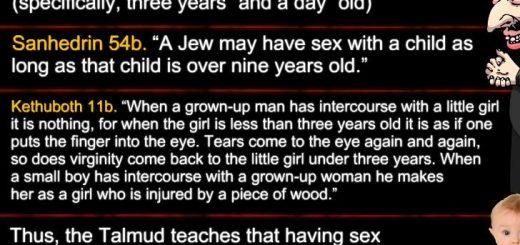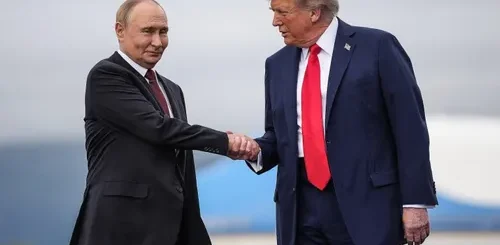by Mark Weisbrot
via The Guardian

Bolivia has descended into a nightmare of political repression and racist state violence since the democratically elected government of Evo Morales was overthrown by the military on 10 November last year. That month was the second-deadliest in terms of civilian deaths caused by state forces since Bolivia became a democracy nearly 40 years ago, according to a study by Harvard Law School’s (HLS) International Human Rights Clinic and the University Network for Human Rights (UNHR) released a month ago.
Morales was the first indigenous president of Bolivia, which has the largest percentage of indigenous population of any country in the Americas. His government was able to reduce poverty by 42% and extreme poverty by 60%, which disproportionately benefited indigenous Bolivians. The November coup was led by a white and mestizo elite with a history of racism, seeking to revert state power to the people who had monopolised it before Morales’ election in 2005. The racist nature of the state violence is emphasised in the HLS/UNHR report, including eyewitness accounts of security forces using “racist and anti-indigenous language” as they attacked protesters; it is also clear from the fact that all of the victims of the two biggest massacres committed by state forces after the coup were indigenous.
What has received even less attention is the role of the Organization of American States (OAS) in the destruction of Bolivia’s democracy last November.
As the New York Times reported on 7 June, the organisation’s “flawed” analysis immediately following the 20 October election fuelled “a chain of events that changed the South American nation’s history”.
The OAS allegations were indeed the main political foundation of the coup, and they continued for months. In Bolivia, the electoral authorities report a preliminary vote count, which is unofficial and does not determine the result, while the votes are being counted. When 84% of the votes were counted in this preliminary tally, Morales had 45.7% of the vote, and was leading the second-placed candidate by 7.9 percentage points. The reporting in this unofficial, non-binding tally was then interrupted for 23 hours, and when it picked up again, Morales’ lead had increased to 10.2 points. By the end of the official count, it was 10.5. According to Bolivia’s election rules, a candidate with more than 40% of the vote and at least a 10-point lead wins in the first round, without a runoff.
The opposition claimed that there was fraud and took to the streets. The OAS Electoral Observation Mission (EOM) issued a press statement the day after the election expressing “deep concern and surprise at the drastic and hard-to-explain change in the trend of the preliminary results after the closing of the polls”. But it provided no evidence to support these fraud allegations – because there wasn’t any.Play Video2:20 Añez assumes Bolivia’s interim presidency as Morales flees – video
This has since been established repeatedly by a slew of expert statistical studies. But the truth was quite plain and easy to see from data available immediately following the election. And indeed the Center for Economic and Policy Research, where I am co-director, used that data to disprove the OAS’s initial allegations the next day; and followed up with a number of statistical analyses and papers in the ensuing months, including a refutation of its final Audit report.Advertisement
There was no inexplicable change in trend. All that happened was that areas reporting later were more pro-Morales than the ones that reported earlier, for various geographical and demographic reasons. That is why Morales’ lead increased when the last 16% of votes came in, just as it had been increasing throughout the preliminary count. This is a fairly common dynamic that can be seen in elections all over the world.
But after its initial press release, the OAS produced three more reports, including its preliminary audit of the election results, without ever considering the obvious possibility that the later-reporting areas were politically different from those whose votes came in earlier. This is overwhelming evidence that OAS officials did not simply make a mistake in their repeated allegations of fraud, but it appears to have known that their allegations were false. It defies the imagination to conceive of how this simple explanation – which is the first thing that would occur to most people, and turned out to be true – would not even occur to election experts, in the process of months of investigation. I emailed the OAS to find out whether it took the differences of Bolivian constituencies into account, but have not received a response.
On 2 December, 133 economists and statisticians published a letter to the OAS, noting that “the final result was quite predictable on the basis of the first 84% of votes reported” and calling on the OAS “to retract its misleading statements about the election”. Four members of the US Congress, led by Jan Schakowsky, have also weighed in with a letter to the OAS asking 11 basic questions about the OAS analysis. More than nine months later, the OAS has yet to answer.
In July, the US Congress held briefings with top officials of the OAS, and confronted them with some of the same questions; they gave no substantive answers.
With the original, and politically decisive, allegations of fraud increasingly discredited, the OAS turned to “irregularities” in the election to maintain the assault on its legitimacy. But it turned out that these allegations, like the ones based on statistical claims, could not withstand scrutiny.
Meanwhile, Bolivia has a de facto president, Jeanine Áñez, who has called indigenous religious practices “satanic”; in January she warned voters against “allowing the return of ‘savages’ to power, an apparent reference to the indigenous heritage of Morales and many of his supporters”, according to the Washington Post. Hers was supposed to be a “caretaker” government, but new elections – now scheduled for 18 October – have already been postponed three times because of the pandemic, according to the authorities.
The wheels of justice grind much too slowly in the aftermath of US-backed coups. And the Trump administration’s support has been overt: the White House promoted the “fraud” narrative, and its Orwellian statement following the coup praised it: “Morales’s departure preserves democracy and paves the way for the Bolivian people to have their voices heard.” According to the Los Angeles Times: “Carlos Trujillo, the US ambassador to the OAS, had steered the group’s election-monitoring team to report widespread fraud and pushed the Trump administration to support the ouster of Morales.”
This week Jan Schakowsky and Jesús “Chuy” García of the US Congress recently called for that body to “investigate the role of the OAS in Bolivia over the past year, and ensure that taxpayers’ dollars do not contribute to the overthrow of democratically elected governments, civil conflict, or human rights violations”.
That would be a good start.












